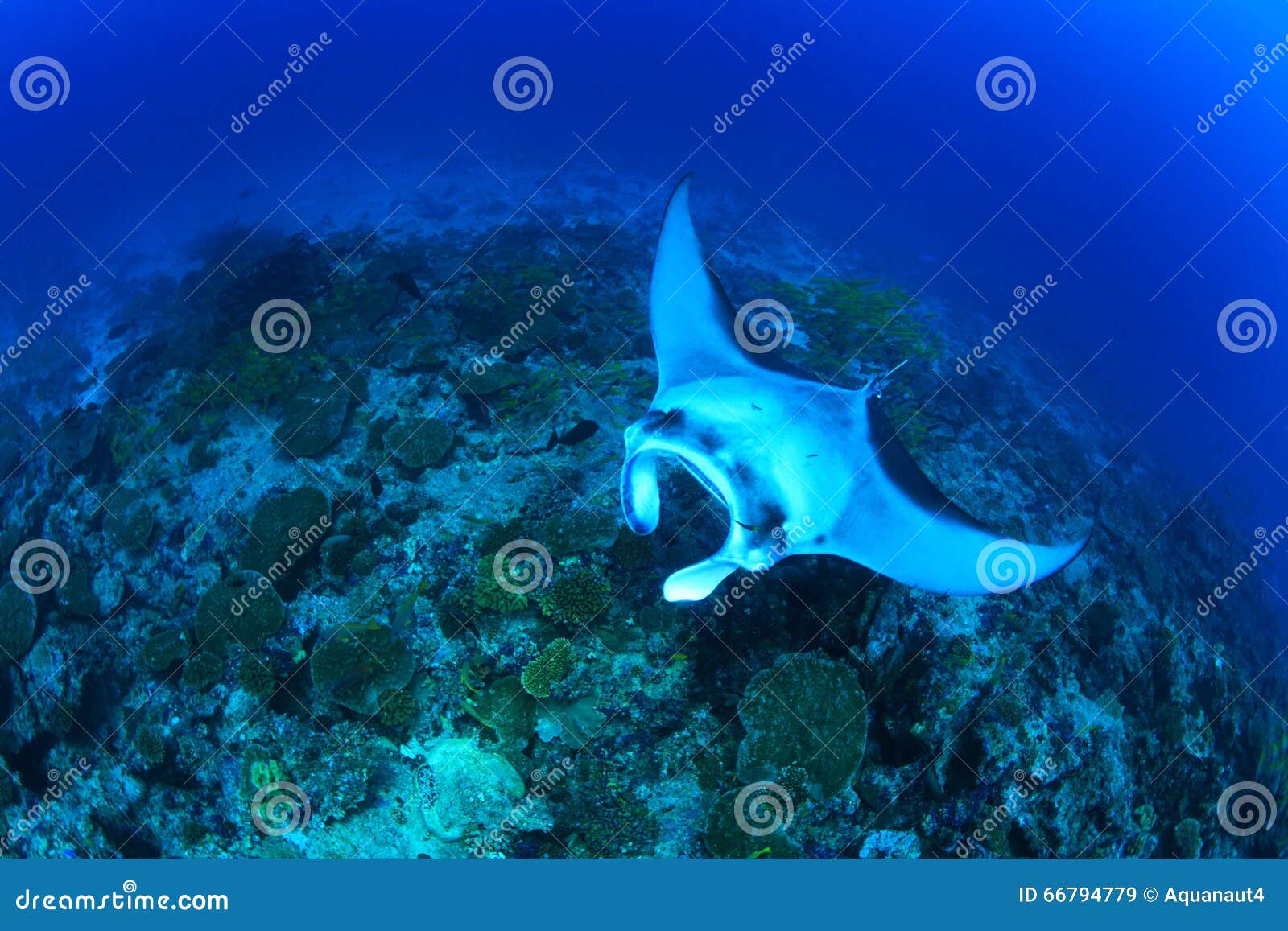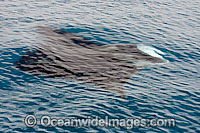
Manta rays feed on plankton filtered through their gills with the help of comb-like projections known as 'gill rakers'. Female manta rays are thought to produce just one pup after a year-long pregnancy, which contributes to the species' exceptional susceptibility to overfishing. Manta rays can grow to more than seven meters across. Today's decision marks the first international agreement aimed at conserving manta rays and should spark new protections in key Range States such as Mozambique, India, Sri Lanka, and Peru. Manta rays are protected in Hawaii, Maldives, Philippines, Mexico, Ecuador, Yap, Western Australia, and New Zealand, but migrate into unprotected waters of other countries and the high seas.

The greatest threat to manta rays is fishing their large size, slow movements, and predictable aggregations make them easy targets.

Many of the species' sparsely distributed sub-populations number just a few hundred individuals. Giant manta rays are found in tropical, sub-tropical, and temperate waters of the Atlantic, Indian, and Pacific Oceans, often along coasts and offshore islands. "CMS is an excellent vehicle for facilitating much needed national and international safeguards for this wide-ranging, globally threatened species and its key habitats." "We are elated that the CMS Parties have embraced Ecuador's proposal for protecting the magnificent and exceptionally vulnerable giant manta ray," said Sonja Fordham, President of Shark Advocates International. Manta rays are under increasing threat from East Asian demand for their gill rakers, used in Chinese medicine, which is driving targeted fisheries. The listing obligates CMS member countries to provide strict national protections for giant manta rays and their key habitats, and encourages concerted global and regional action among all Range States to conserve the iconic species.

November 25, 2011: Shark Advocates International is heralding today's agreement by Parties to the Convention on Migratory Species of Wild Animals (CMS) to list the giant manta ray (Manta birostris) under CMS Appendix I and II. UN Conservation Convention Accepts Ecuador Proposal to List Largest Living Raysīergen, Norway.


 0 kommentar(er)
0 kommentar(er)
